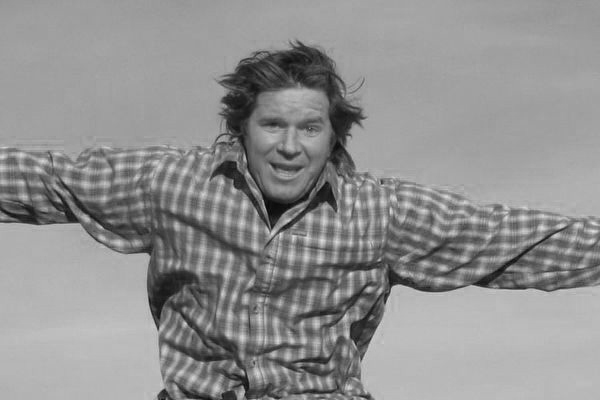
 Fred Williams
Brand Manager, Petersen’s 4Wheel & Off Road
Fred Williams
Brand Manager, Petersen’s 4Wheel & Off Road
About 20 some years ago the trend for off-road leaf springs moved above the axle. The consensus was that if you were going to get crazy in the dirt you needed to have a spring-over conversion. There were plenty of 4x4s still running a spring-under axle suspension, but the hardcore guys all went spring-over. Spring-over gave them great flexibility, articulation, and ground clearance. But it often also resulted in axlewrap, worn-out springs, and problems with driveshafts.

High-speed off-road guys were the first to return to a spring-under axle suspension—and with good reasons. Running the leaf springs under the axle helps lower the center of gravity, improves axle control under hard acceleration, allows the axletube to come up farther since there are no leaves between it and the frame, and with proper springs can still allow great wheel travel. Plus, most of the prerunner-style builds were less concerned with ground clearance when compared to rockcrawlers.
 In a spring-over axle scenario the leaves have a hard time controlling axlewrap, especially with a long, flat, flexible leaf spring, due to increased leverage. Spring wrap occurs under hard acceleration with large tires and good traction, such that the pinion of the axle wants to move upward in the opposite direction of the tire rotation. This in turn can twist or “S” the soft leaf springs. Shock placement (one fore, one aft on the axletube) and antiwrap bars can help counter axlewrap but can hinder axle movement, ground clearance, and articulation.
In a spring-over axle scenario the leaves have a hard time controlling axlewrap, especially with a long, flat, flexible leaf spring, due to increased leverage. Spring wrap occurs under hard acceleration with large tires and good traction, such that the pinion of the axle wants to move upward in the opposite direction of the tire rotation. This in turn can twist or “S” the soft leaf springs. Shock placement (one fore, one aft on the axletube) and antiwrap bars can help counter axlewrap but can hinder axle movement, ground clearance, and articulation.
We’re not here to tell you to ditch your spring-over suspensions, but we don’t want you to write off spring-under as a bad option either. We visited Deaver Spring, King Shocks, and Randy Ellis Design to discuss how and why spring-under isn’t as antiquated as you might think.
 A spring-under suspension usually has more arch to the spring, and this helps control the axlewrap because it is harder to “S” the springs. Mounting the springs under the axle does reduce ground clearance, but at the same time it lowers the height of the weight of the springs and in effect lowers the center of gravity of the suspension.
PhotosView Slideshow
A spring-under suspension usually has more arch to the spring, and this helps control the axlewrap because it is harder to “S” the springs. Mounting the springs under the axle does reduce ground clearance, but at the same time it lowers the height of the weight of the springs and in effect lowers the center of gravity of the suspension.
PhotosView Slideshow














